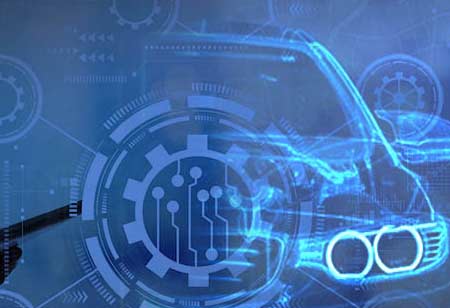IoT in the automobile sector has become a hotspot for a variety of multipurpose applications, both industrial and commercial level.
Fremont, CA: 'Automotive IoT' means integrating IoT technologies into automotive systems to develop new applications and solutions that will help vehicles become smarter and more intelligent, while enabling safe, efficient, and comfortable driving.
The absence of novel features in automobiles is one of the reasons why the automotive industry has been unable to break its annual production and sales records. Today, buyers look for more than four tyres and a steering wheel in a vehicle. In addition, they're seeking a futuristic mode of communication and connection.
The following sections go over the most important IoT applications in the automobile industry:
- In-vehicle Infotainment and Telematics
Telematics services in IoT-based autos have been enabled thanks to in-car Wi-Fi capabilities supported by 4G LTE connections. The word telematics relates to the transfer of electronic data over great distances.
A car owner may keep a close check on their vehicle from afar using vehicular telematics. However, car owners could secure their vehicle's safety, monitoring, and safety using a smartphone-enabled dashboard. External surveillance cameras keep track of the automobiles' state and pass the data to a smartphone app.
The vehicle industry's embrace of IoT has resulted in considerable advances in fleet management. For example, weight measurement, location tracking, and other sensors are now standard on vehicles.
The massive quantity of sensory data generated from a big fleet of such trucks is stored in a cloud application. This data then gets turned into a visual representation using various analytics tools. A fleet manager who maintains track of many parameters linked to their fleet may quickly obtain this information.
- Automotive Maintenance System
Predictive analytics is amongst the most exciting parts of IoT automotive. Data is collected by sensors in different car components and transmitted to a platform. Such data is then analyzed by an algorithm that can forecast the component's future outcomes based on its present performance.

 Copyright © 2025 AutoTech Outlook. All Rights Reserved | Privacy Policy | Subscribe | Sitemap | About us | Feedback Policy | Editorial Policy
Copyright © 2025 AutoTech Outlook. All Rights Reserved | Privacy Policy | Subscribe | Sitemap | About us | Feedback Policy | Editorial Policy